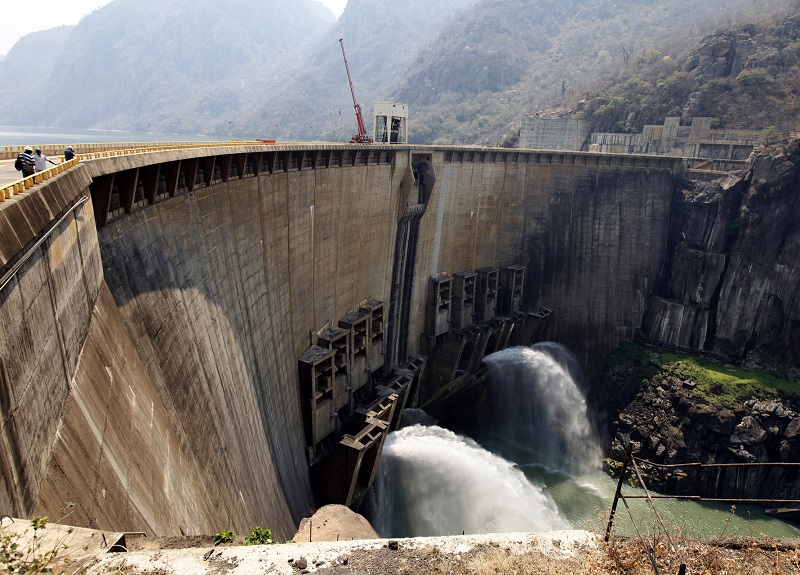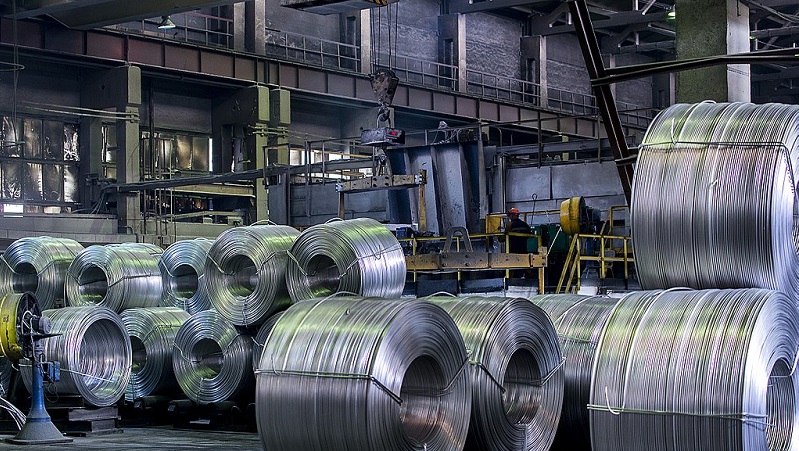Mozambique’s biggest industry claims its aluminium is green, which would help it avoid European taxes – but those claims have been questioned
In the face of new carbon taxes on exports to the European Union (EU), Mozambique’s biggest industrial employer is making big claims about its hydro-powered “green aluminium”.
But researchers doubt how green Mozambique’s aluminium really is and whether it will be able to stay green. If it can’t, analysts told Climate Home, the EU’s carbon border tax could have catastrophic ripple effects through one of the world’s poorest economies.
For years, policymakers in the European Union have worried that their heavy industries would flee abroad to escape taxes on carbon.
To try and avoid this, in 2021, the EU approved a tax on the carbon emissions that come from imports — called a carbon border adjustment mechanism.
US ‘still on the fence’ as nations debate global shipping emission tax
Although emerging economies like China shared “grave concern” about “trade barriers”, the EU claimed it was just a way of ensuring that the carbon emissions of products that end up in the EU are taxed the same whether they’re made in the EU or not.
The tax will come into force in 2026 and apply to particularly polluting products like electricity, fertilisers, cement, iron, steel and aluminium.
Green aluminium?
The aluminium sector is Mozambique’s biggest industry and the its largest industrial employer, a source of income to nearly 3,000 people and an indirect boost to many more. But as EU rules approach the sector, some companies have rushed to green claims.
One strategic asset is a large smelting facility on the outskirts of the country’s capital Maputo, where the aluminium is processed. The smelter is owned by a company called Mozal, which is now owned by Australia’s South32, a company that spun out of BHP Biliton in 2015.
South32’s CEO Graham Kerr told the Melbourne Mining Club recently that European carmakers are choosing to pay more for Mozal’s aluminium because it is produced with hydropower electricity not the fossil fuels of some of its rivals.

A view of Cahora Bassa dam in 2010 (Reuters/Goran Tomasevic)
Nearly two-thirds of the emissions of the product’s emissions are from the smelting, where alumiumium is extracted from alumina at a very high heat. Producing that heat requires a lot of electricity.
Unfinished paperwork is kneecapping solar’s potential in China
According to a 2022 Mozal report, “electricity supplied to Mozal Aluminium is generated by Hidroelectrica de Cahora Bassa (HCB), a hydro-electric power generator situated on the Zambezi River”.
But, it adds, “the electricity is supplied via Eskom’s South African grid” through the cables of Motraco, a joint venture between the utilities of South Africa, Mozambique And Eswatini.
HCB is in the north-west of Mozambique while Mozal’s smelter is in the far south, near the South African border.
About 90% of South Africa’s electricity is produced using coal and transmission lines like those providing electricity to Mozal’s aluminium smelter don’t distinguish between electrons produced by water and those produced by coal.
South32 adds in its sustainability report that Eskom provides “back-up energy” to Mozal, to make up for periods when HCB is not sending as much electricity.
A spokesperson for South32 declined to comment on the tax’s impact on their business.
Concern for poorer countries
Although poverty campaigners like Oxfam called for the world’s poorest countries to be exempt from the tax, the EU made no allowances for Least Developed Countries (LDCs).
Of these countries, economic modelling from the African Climate Foundation and London School of Economics suggests that the south-east African nation of Mozambique is likely to be one of the worst hit.
They predict Mozambique’s wages will fall 0.12% as a result of the tax. That would be a small fall but one that workers in the world’s sixth poorest country can ill afford.
Dimas Sinoia, researcher at Mozambican think Centre for Development and Democracy (CDD) told Climate Home that CDD tried unsuccessfully to interview workers at Mozal about the measure. “Until the start of the year, it seems that Mozal employees had no knowledge of [the tax],” he said.
Public banks agree to check investments against countries’ climate plans
Mozambique produces 570,000 tonnes of aluminium a year. Over 90% of this is exported, much of it to Europe. From 2026, the carbon emissions from making this aluminium will be taxed at the European Union’s border.
Sinoia worries that a reduction in exports will hurt job prospects for Mozambicans along the industry chain and that the cash-strapped and indebted Mozambican state will get less revenue through industrial taxes.
Sinoia said the tax is “an inequitable measure as it does not consider the adaptive capacity of the affected countries” and, while it will cut emissions, it “will have a high cost in reducing social well-being and poverty”.
Future uncertain
Not only are the green credentials of Mozal’s current supply questionable, but its future power
Read More

